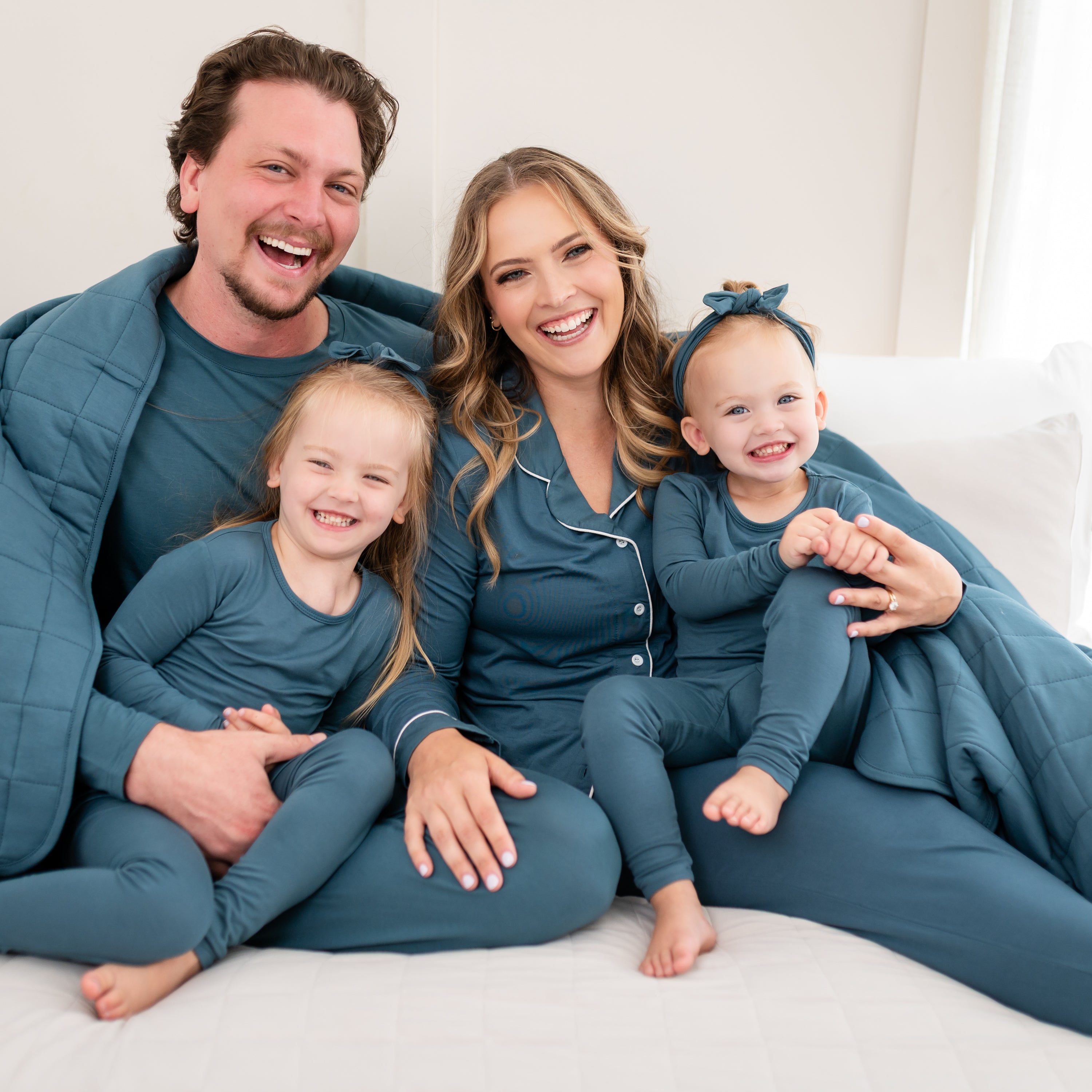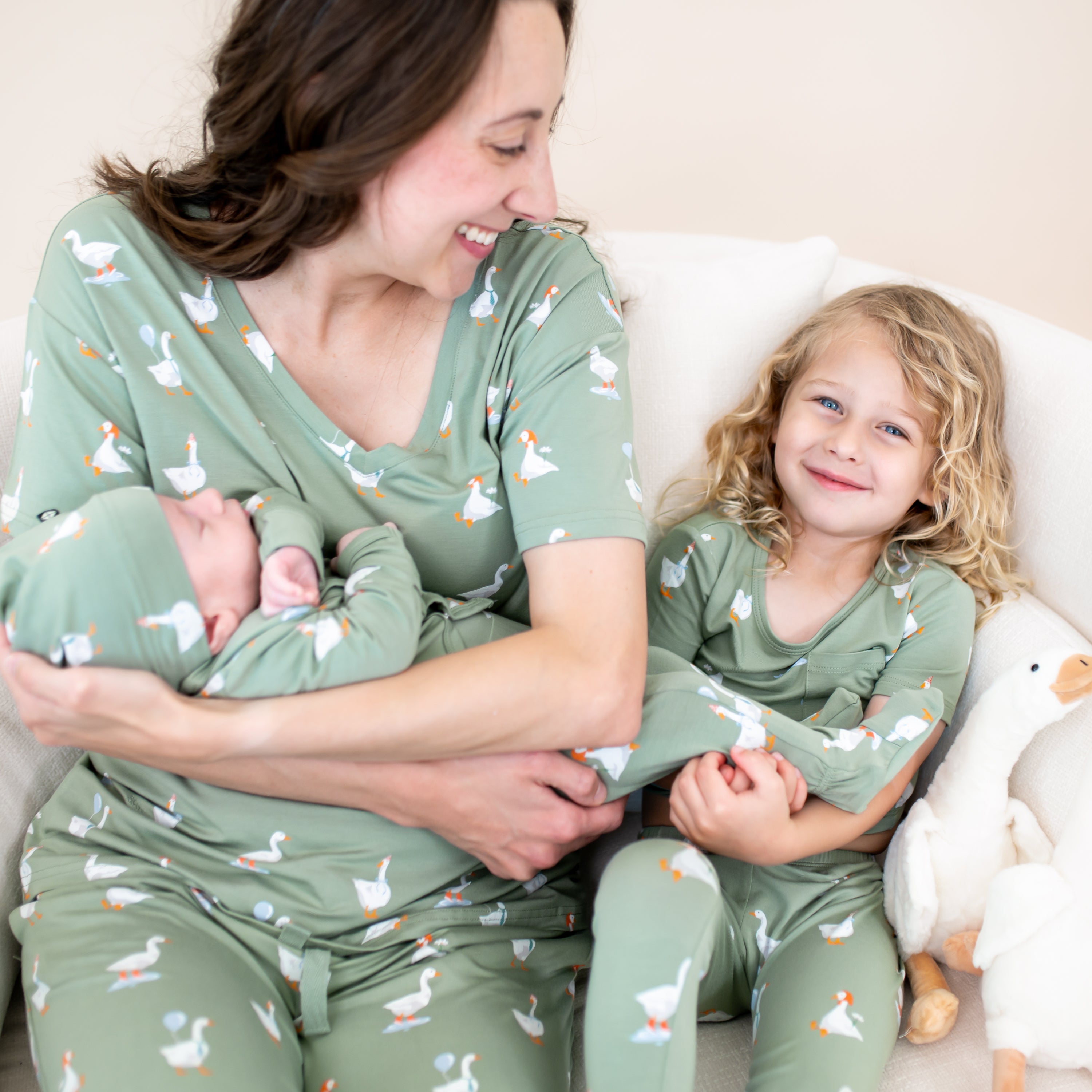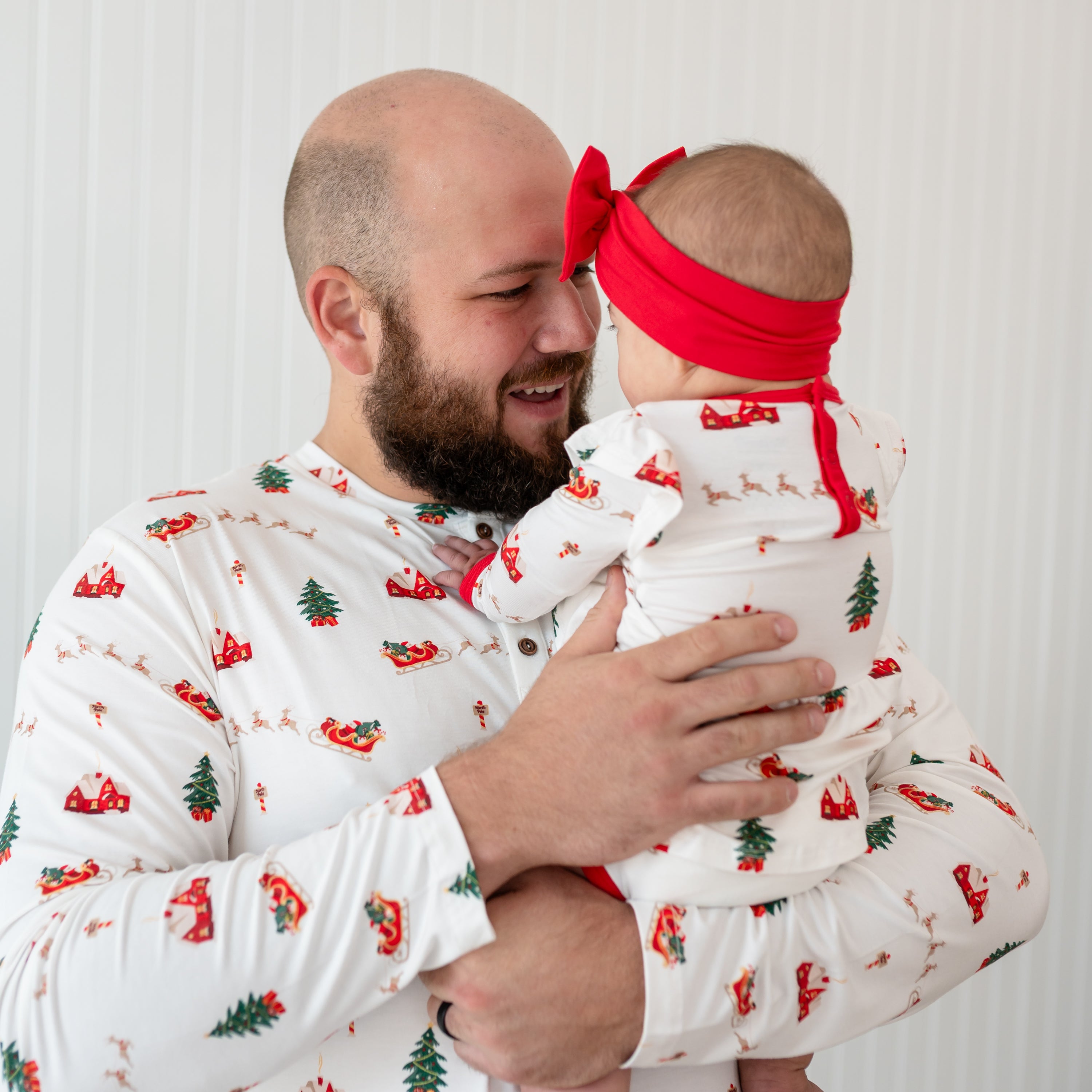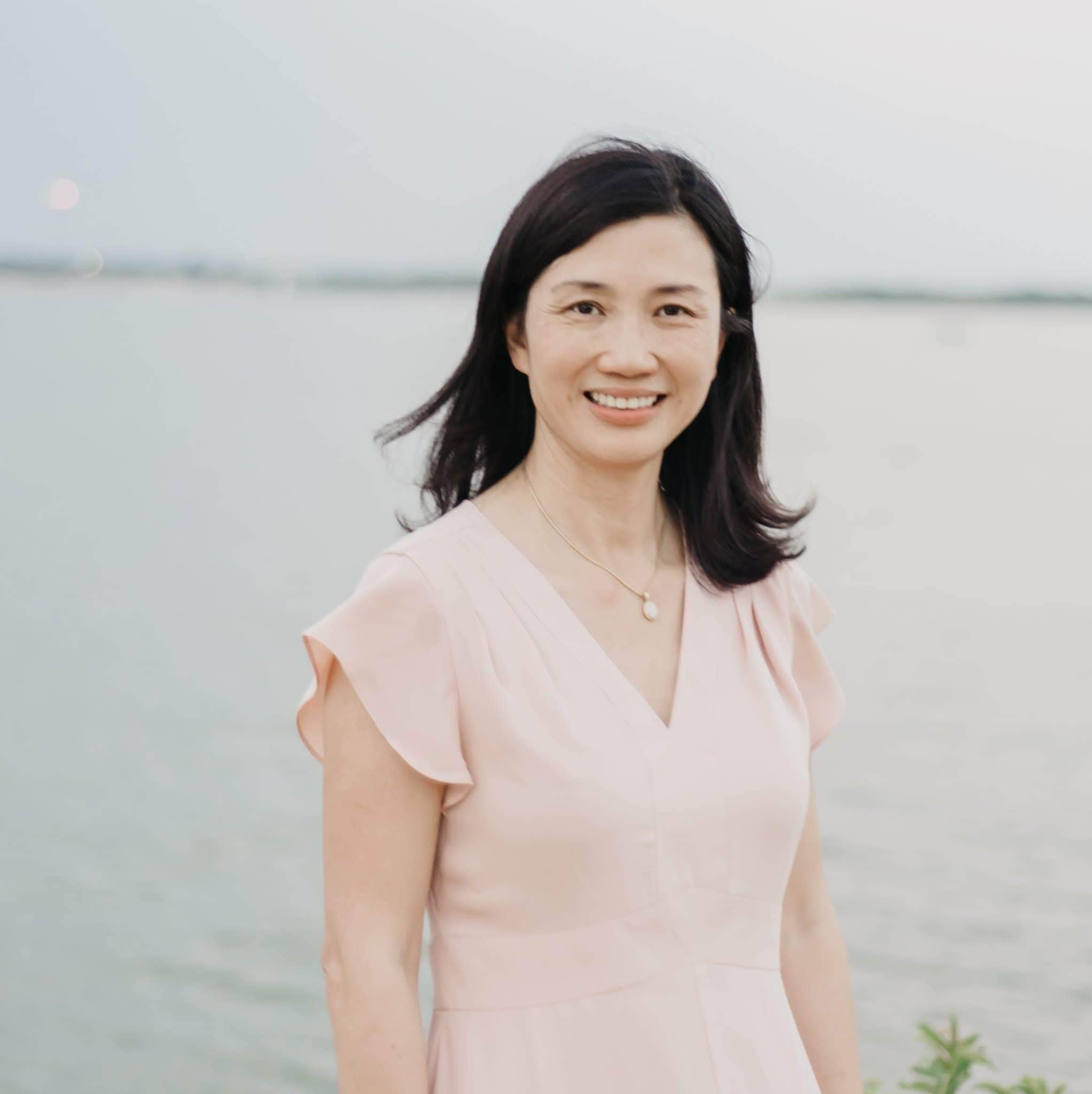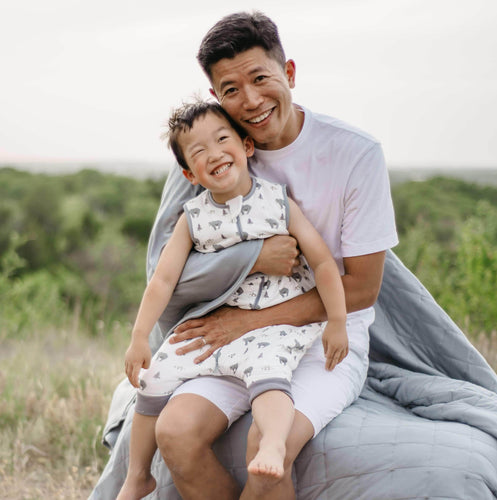When I first became a parent, the mere mention of SIDS conjured up words like “suffocation, strangulation, accident” and more. It wasn’t until I watched the Netflix film The Other Woman with Lisa Kudrow and Natalie Portman that I learned SIDS was none of those. The movie portrays a woman coping with the death of her baby girl. Even though the autopsy report claimed the death was “unexplained,” the woman believed she accidentally smothered her baby while breastfeeding. In the end, we find out that there were in fact no signs of suffocation, no sign of struggling to breathe, no signs of anything at all that could explain how the death happened. It was truly “unexplained.”
Yes, this film may be fictional but it brings to light a very important issue for all parents and that is SIDS.
SIDS. We’ve all heard of it but do we know exactly what it is? Does anyone?
SIDS vs. ASSB
Some people think SIDS is suffocation or strangulation but it is not. It is actually an unexplained death. Rather, ASSB is suffocation or strangulation and can be explained. There are common ways it happens and simple ways to prevent it. I’ll cover both those topics in this post.
SIDS (Sudden Infant Death Syndrome) and ASSB (Accidental Suffocation and Strangulation in Bed) are both considered SUIDs or Sudden Unexpected Infant Deaths. According to the Centers for Disease Control and Prevention (CDC), each year in the United States there are about 3,500 sudden unexpected infant deaths. SIDS is the leading cause of death in infants 1–12 months.
Of all SUIDs in 2017, SIDS accounted for 38% of unexpected deaths; ASSB, 26%; and unknown causes, 36%.
Although SIDS remains the most common cause of unexplained infant mortality, it has steadily decreased in occurrence since the early 1990s when the American Academy of Pediatrics (AAP) put out safe sleep recommendations including putting baby to sleep on her back and removing all items from the crib, especially blankets. Sleep sacks eliminate the need for blankets and other crib accessories like a lovey or stuffed animal because it keeps a child warm and its buttery soft feel are comforting for babies, even if they are sleep training.
On the other hand, the occurrence of ASSBs has gradually increased. This may be because infant deaths are less commonly labeled as SIDS and more as accidental suffocation since research is uncovering that subtle neurological and endocrinological processes (or breakdowns in those process) could possibly be linked to SUIDs.
The Unexplained Death
SIDS is defined as the sudden death, often while sleeping, of a seemingly healthy infant younger than one year of age. The death cannot be explained even after a full investigation that includes a complete autopsy, examination of the death scene and review of the clinical history.
Contrary to what some may believe, SIDS is not choking, apnea or suffocation. Those can be categorized under deaths caused by ASSB, Accidental Suffocation and Strangulation in Bed, which you can read about further down this post.
SIDS is also known as SUID, or Sudden Unexpected Infant Death, and occurs most often in children 0–6 months old. During these months, children are at the highest risk of SIDS because they are rapidly developing physically, mentally and emotionally. These infants are learning to use their gross and fine motor muscles especially the ones for sucking and swallowing, regulate their internal systems including temperature and process a ton of information. With all this informational input, there are bound to be a few glitches, even fatal ones.
For example, according to a KidsHealth article reviewed by Doctors Floyd R. Livingston Jr. and Mary L. Gavin “Some researchers believe that . . . infants who die from SIDS may have a problem with the part of the brain that helps control breathing and waking during sleep. If a baby is breathing stale air and not getting enough oxygen, the brain usually triggers the baby to wake up and cry to get more oxygen. If the brain is not picking up this signal, oxygen levels will continue to fall.”
There are other failsafes the infant’s body utilizes such as shorter sleep cycles that cause babies to wake more often. This isn’t merely to feed — the waking and crying actually delivers fresh oxygen to their brain. Unfortunately, the part of the brain that signals these actions may not be fully developed or functioning in children who die of SIDS.
While the exact cause of SIDS is unknown, scientists have developed a theory of why SIDS may happen. Note, they still don’t know the cause of SIDS but they theorize the following combination of factors may make a child more likely to experience SIDS than a child who does not have all of these factors at once. This is called the Triple Risk Model: SIDS occurs when a 1) vulnerable infant, who is at 2) a critical period of development (typically less than 1 year old), 3) experiences a stressor.
Here are descriptions of the three risks from Safe To Sleep:
- Vulnerable infant. An underlying defect or brain abnormality makes the baby vulnerable. In the Triple-Risk Model, certain factors—such as defects in the parts of the brain that control respiration or heart rate or genetic mutations—confer vulnerability.
- Critical developmental period. During the infant's first 6 months of life, rapid growth and changes in homeostatic controls occur. These changes may be evident (e.g., sleeping and waking patterns), or they may be subtle (e.g., variations in breathing, heart rate, blood pressure, and body temperature). Some of these changes may destabilize the infant's internal systems temporarily or periodically.
- Outside stressor(s). Most babies encounter and can survive environmental stressors, such as a stomach sleep position, overheating, secondhand tobacco smoke, or an upper respiratory tract infection. However, an already vulnerable infant may not be able to overcome them. Although these stressors are not believed to single-handedly cause infant death, they may tip the balance against a vulnerable infant's chances of survival.
The Explained Death
Accidental Suffocation and Strangulation in Bed or ASSB is another type of SUID that comprises infant deaths caused by suffocation or asphyxia (blockage of the infant's airway) in a sleeping environment.
There are four categories of ASSB deaths from Safe To Sleep:
- Suffocation by soft bedding: When soft bedding, a pillow or a waterbed mattress blocks the infant's airway.
- Overlay: When another person shares the sleep surface with the infant and lays on or rolls on top of or against the infant while sleeping, blocking the infant's airway.
- Wedging or entrapment: When an infant gets trapped between two objects, such as a mattress and wall, bed frame, or furniture, blocking the infant's airway.
- Strangulation: When something presses on or wraps around the infant's head and neck blocking the airway.
And what is the number one risk for all ASSB deaths? Bed-sharing: A sleep arrangement in which an infant sleeps on the same surface, such as a bed, couch, or chair, with another person. The National Institute of Child Health and Human Development (NICHD) warns “Sleeping with a baby in an adult bed increases the risk of suffocation and other sleep-related causes of infant death.”
With ASSB deaths on the incline, it is important to decrease bed sharing practices and follow these Safe To Sleep guidelines so we can make SUIDs a thing of the past.
Prevention
Here are 7 recommendations to prevent SUIDs from the Safe To Sleep campaign put out by NICHD:
- Room Sharing: A sleep arrangement in which an infant sleeps in the same room as parents or other adults, but on a separate sleep surface, such as a crib, bassinet, or play yard.
The AAP recommends that the infant's sleep surface be close to the parent’s bed for the first year (or, at a minimum, six months) to aid in feeding, comforting and monitoring of the infant. Room sharing creates an awareness of your baby’s state throughout the day and night which is critical to reducing the risk of SIDS.
Furthermore, room sharing is known to reduce the risk of SIDS and other sleep-related causes of infant death.
To create a safe room-sharing environment, the AAP recommendations include:
—Place the baby on his or her back on a separate, firm sleep surface such as a crib or bassinet with a tight-fitting sheet.
—Avoid use of soft bedding, including crib bumpers, blankets, pillows and soft toys. Instead, use a sleep sack to keep baby warm and comfortable during sleeptime. The crib should be bare aside from a crib or mini crib sheet.
—Eliminate exposure to smoke, alcohol and illicit drugs.
- Breastfeeding
The AAP recognizes breastfeeding as one of the factors that lowers the risk of SIDS. A 2017 study found that exclusive breastfeeding for the first 2 months of life helped reduce the risk of SIDS by 50 percent.
And the more a baby breastfeeds, the greater the protection against SIDS.
Here are some other incredible SIDS-related benefits of breastfeeding from Amy Spangler, founder of baby gooroo, registered nurse, International Board Certified Lactation Consultant and perinatal educator:
—Breastfeeding boosts brain development, particularly for the central nervous system, which is essential to respiratory control during sleep.
—Breastfeeding fights against illnesses. Oftentimes, babies who succumb to SIDS have had a “minor infection” in the days before death. Infants’ immune systems are immature, and breast milk helps to provide necessary antibodies to fight infections such as RSV, which can contribute to inflammation and lead to SIDS.
—Breastfeeding promotes safer sleep. A full night’s sleep may be a good goal for an older child or adult, but lengthy periods of deep sleep are not beneficial for infants. Rather, being able to arouse from sleep periodically (such as to nurse) reduces a baby’s risk of SIDS. Studies show that breastfed infants are more easily aroused from sleep than formula-fed babies.
—Breastfeeding boosts maternal awareness. The sustained mother-baby contact of breastfeeding can help to develop mother’s sense of baby-reading and cue her into signs of physiological distress.
—Breastfeeding supports suck/swallow coordination.
—Breastfeeding helps to develop the muscles of the oral cavity and throat, helping to keep the airway open.
- Tummy time
—Not only does it help prevent flat spots from forming on baby’s head, it develops the neck and shoulder muscles that help make rolling possible and improves motor skills that lead to movement and completing actions.
- Don’t overheat
—Keep baby at a comfortable and safe body temperature by wearing a bamboo bodysuit, footie or romper that efficiently regulates heat exchange keeping baby cool when it’s hot and warm when it’s cold. Check our sizing chart to find the right size for your baby.
- Avoid using electronics and other products claiming to prevent SIDS
—First of all, SIDS is unpreventable since it is unknown. If we don’t understand the reason why something happens, then we don’t know how to stop it from happening.
—Most of these products have not been safety tested or certified.
—The safest protocol is to eliminate any extra products in or around the baby’s crib or bassinet including these so-called SIDS-preventing products.
- Use a pacifier
—As long as your baby has established good breastfeeding practices, the use of a pacifier is recommended since studies show that it consistently reduces the risk of SIDS.
- Always place baby on back!
—Since the 1990s, Safe To Sleep has recommended that babies be put to sleep on their backs: Back To Sleep, Tummy To Play.
Now that you have the knowledge, spread the word! I hope no other parent has to find out exactly what SIDS is from a Netflix film, although, as absurd as it sounds, I am grateful that movie brought this issue to light for me being a mother of two. My second is four months old which is within that critical window where babies are most vulnerable to SIDS. Infants between 0–6 months have the highest risk of SIDS, but the risk doesn’t go away until one year old. So for the next eight months, I will practice these Safe To Sleep guidelines and spread the word about SIDS so more parents feel empowered in keeping their baby safe.














